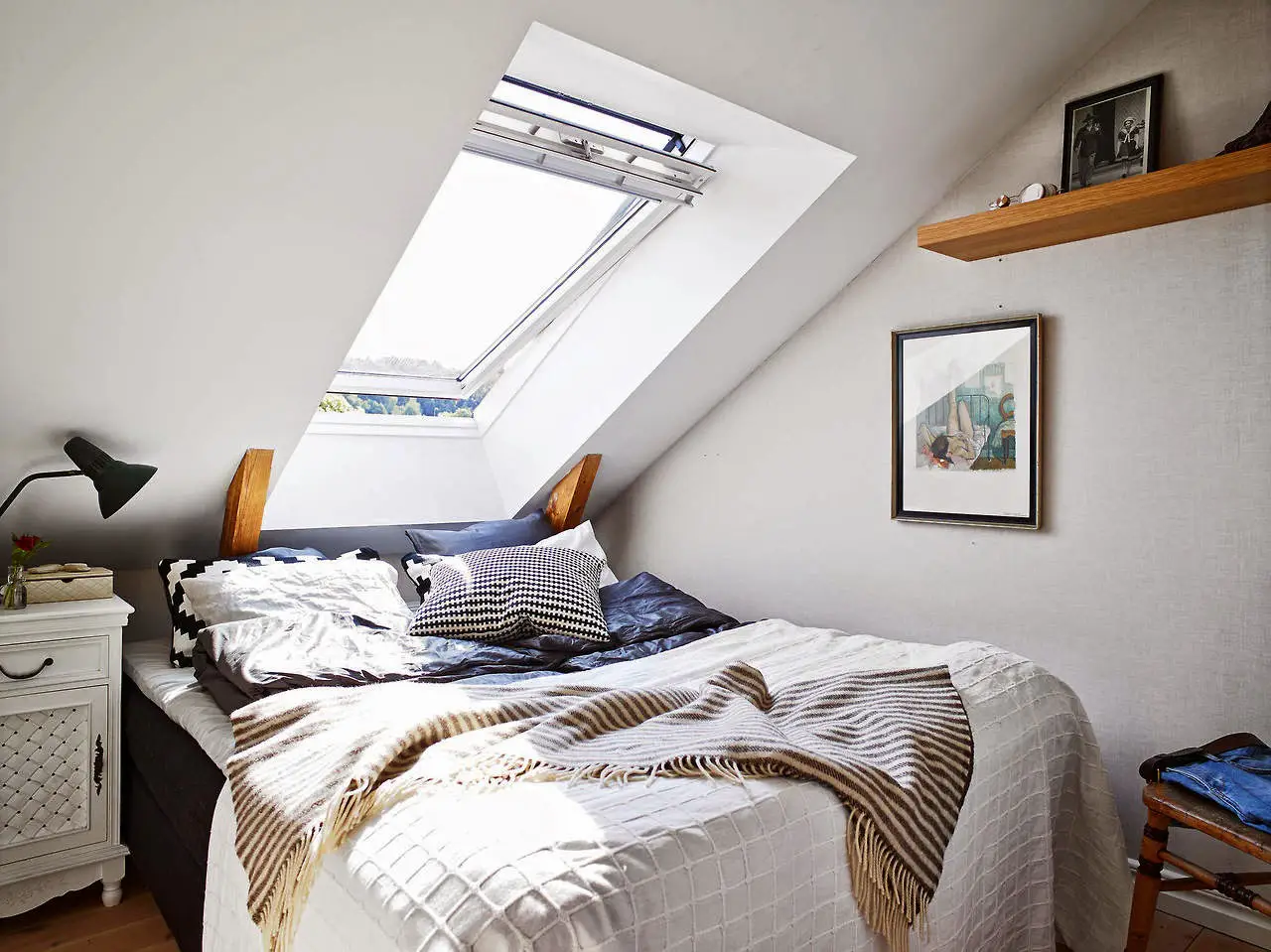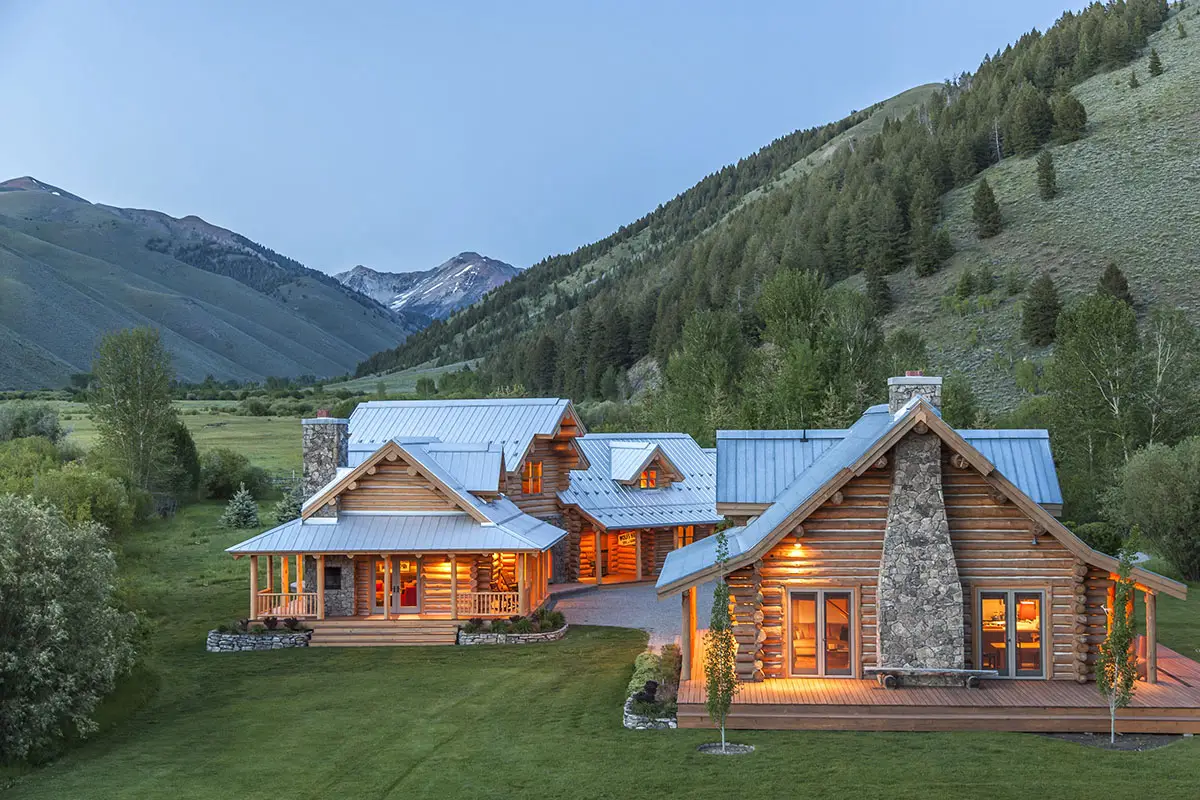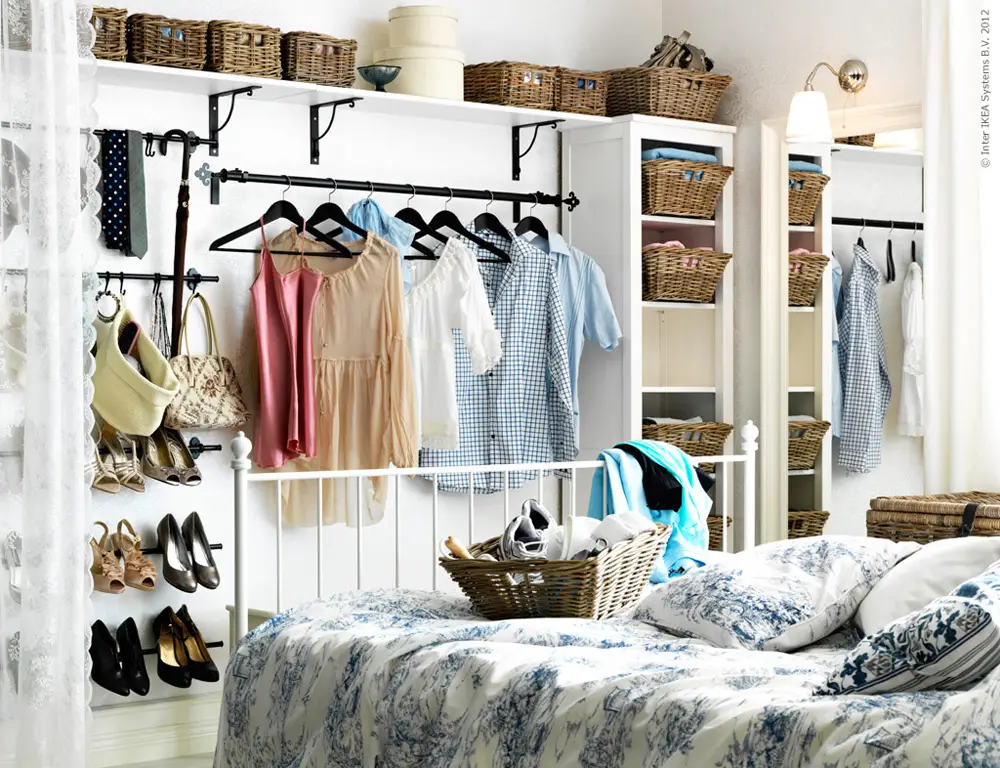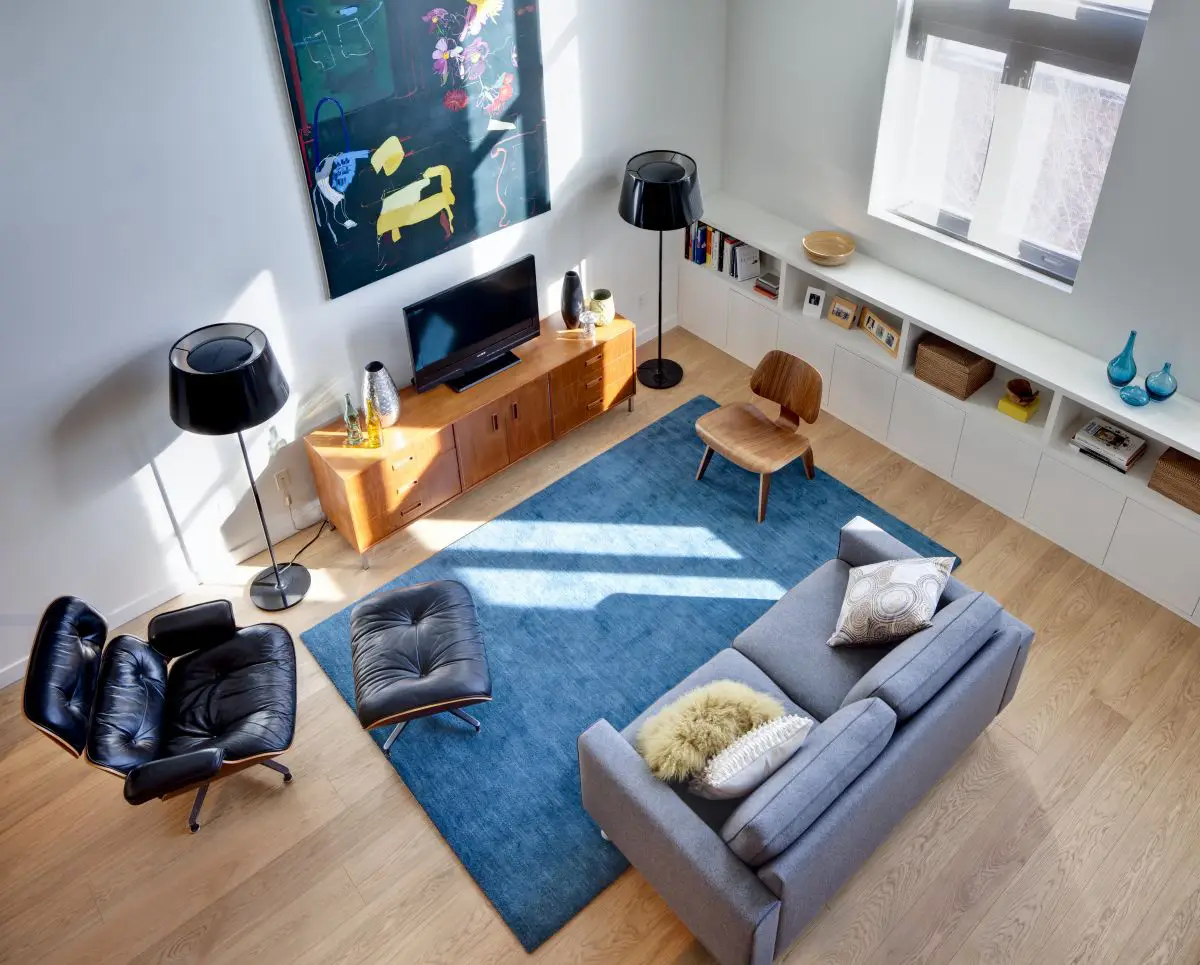There can be your advertisement
300x150
How to Save Electricity and Reduce Your Light Bills?
The topic of electricity savings has recently been bothering many people. And at the numerous requests of our readers, we have tried to compile the main principles that will help you do this more efficiently.Naturally, some of these methods are obvious and many have been using them for a long time, but we decided to summarize the gathered information and present it in the form of a small guide on economical electricity usage.
1. Do We Really Need So Much Light?
Statistics claims that 14% of all generated electricity is spent on lighting in Ukraine. But do we always use this incredible amount of additional energy wisely and without harm to ourselves? How to learn to do it right?
These simple tips can help you:
- Use electric lighting as little as possible. No, no, we certainly don't urge you to return to primitive times when people lived only during the day (though this is, without doubt, beneficial for our health: doctors have proven that an active night lifestyle and artificial lighting cause chronic fatigue, depression, and exacerbation of chronic diseases)
- Don't forget that the level of room illumination depends on how dirty the light fixtures are. It's clear that a lampshade on the kitchen table, which hasn't been cleaned for several months, will be covered with a layer of dust and grease and let light through very poorly (I myself clean and wipe the chandeliers, shades, and lamps much less frequently than they should be). Clean light fixtures provide better illumination of the room, which means you can use bulbs with lower power
- Don't forget about clean windows. Natural light and sunlight not only delay the time when you need to turn on lighting fixtures, but also warm your room during cold seasons
- You can use combined lighting in a room, for example: don't turn on all the bulbs in the chandelier at once or combine them: a desk lamp (floor lamp) and 1-2 bulbs from the chandelier (I do this often when working at a desk)
- Modern energy-saving devices can help in electricity conservation: dimmers (rotary light regulators that smoothly change the level of illumination), motion sensors, pulse relays, digital switches. An effective solution works in the entrance hall with an automatic light-off system
- Use energy-saving bulbs (compact fluorescent, LED)
- And very simple - turn off the lights when leaving the room (in fact, this is probably the hardest part - there's constant war at home because everyone forgets to turn off the lights)
A bit about the advantages of energy-saving bulbs:
- More efficient electricity consumption (if compared to incandescent bulbs - they consume 4-5 times less energy)
- Higher light output: an energy-saving bulb of 12 W is approximately equivalent to a 60 W regular incandescent bulb in terms of light intensity
- Do not emit a large amount of thermal energy (this property can be used in small lighting fixtures) and distribute light more evenly and softly (a regular bulb converts no more than 10% of the consumed energy into light, and the rest into heat)
- Energy-saving bulbs usually have a longer lifespan. However (as verified by personal experience), their actual service life does not always match the manufacturer's declared operating time.
Indeed, sometimes it is related to our improper use of some types of energy-saving bulbs. Most often, they burn out in places where they are used briefly and where there are frequent mode changes: on - off.
If you perform a step-by-step replacement of bulbs, it is best to start with rooms where the bulbs operate for an extended period. Moreover, the operating life of bulbs is also greatly influenced by frequent voltage spikes in the power grid, high or very low temperatures. It should be noted that some energy-saving bulbs (fluorescent) cannot be used in devices with light brightness adjustment.
Over time, we will all have to fully switch to energy-saving bulbs, as the energy conservation law states that incandescent bulbs will be completely removed from circulation and replaced with more economical lighting sources. Therefore, it's better to start doing this in advance because replacing all bulbs at once is quite expensive.
Undoubtedly, a disadvantage of energy-saving bulbs is still their high cost (though they are now much cheaper than, say, 3-4 years ago), not always good quality, and the fact that unfortunately, we don't have collection points for used bulbs (such savings are very dangerous for us and the environment).
And if you just can't replace regular bulbs with energy-saving ones, at least use bulbs of lower power.
2. Multi-Tariff Meters
The question of using multi-tariff meters is, of course, not unambiguous. But if you consider that some household appliances operate continuously (refrigerator) or almost constantly in standby mode (TV, computers, etc.), then taking into account their operation at night, it might still be profitable not only for those who like to work at night.
In addition, modern multi-tariff meters measure electricity much more accurately than induction meters.
3. Useful Savings
First of all, let's think about whether we're using household appliances correctly?
I think the results of these thoughts will be comforting for many of us. It has already been proven by experts that household appliances often consume much more electricity than they need for normal operation.
As we've already established, many household appliances (microwave ovens, TVs, power supplies, audio and video equipment, water heaters, computers, air conditioners, and several other appliances) consume electricity not only when in operation but also in standby mode or what we often call sleep mode.
Each of these appliances individually consumes not so much electricity. But if you sum up the consumption of all appliances that operate in sleep mode in our apartments, it becomes a very significant amount to pay for the bills.
For example, the average time of operation in sleep mode for a TV is - 19 hours, for a microwave oven - 23.8 hours, and for a CD player - 23 hours per day.
As a result, this accounts for 5-10% of total electricity consumption in the apartment. If we convert these percentages into money, according to experts' calculations, about 3000 rubles per year are wasted in vain.
So what's the solution? It's very simple. Always unplug appliances that are not in use.
4. Magic of Technology
It's obvious for everyone: you won't save much with an old refrigerator or TV. Household appliances made 15-20 years ago consume electricity twice as much.
The solution to this situation is to buy modern energy-efficient household appliances. How to determine whether a particular appliance is energy-efficient?
For this, you need to carefully study the energy efficiency label, which should be on household appliances. It has letter indicators from A (the highest energy efficiency class) to G (the lowest).
Modern appliances consume much less electricity even in sleep mode compared to outdated models. For example, an energy-efficient TV will consume less than 1 kWh of electricity per year in sleep mode, while a regular TV will consume 69 kWh.
As a typical example of energy-efficient equipment, one can mention smart dishwashers or washing machines that automatically dose detergents, water consumption, and select the appropriate mode. According to expert data, such appliances consume 44% less energy and 62% less water than outdated models from the end of the 1990s.
I think there's no need to convince about the advantages of modern equipment. But what to do if not everyone can afford to replace old household appliances with new (usually expensive) ones? How can you reduce electricity costs in this case?
5. Using What You Have Correctly
Refrigerator
How to properly use a refrigerator, probably everyone knows. But still, we stubbornly continue to place it next to radiators, stoves, or on the wall facing the sun.
And yet it's obvious that, heated by nearby heat sources, the refrigerator will consume more electricity for effective operation.
Besides, it's better if the room where the refrigerator is located isn't too hot (about 18-20 degrees Celsius), the refrigerator should be regularly defrosted and freed from ice, its seal should be checked (gaskets on the refrigerator doors), and it shouldn't be placed directly against the wall for better air circulation. A few more tips on how to care for a refrigerator, how to clean and defrost it, and how to properly store food in the refrigerator we will definitely publish in the next article on energy conservation.
Also, it's not advisable to buy a large refrigerator just because it's trendy or because your neighbor has one on the kitchen table (base your choice on the number of family members and their needs). The larger the refrigerator, the more energy it consumes.
Vacuum Cleaner
To operate a vacuum cleaner with less electricity consumption, it should be regularly cleaned of accumulated dust (a dirty one consumes 15-20% more). Also, it uses the most electricity when turned on and off (if you're vacuuming a small room, try not to turn it off too frequently).
Electric Stove
An electric stove consumes a lot of electricity. How to reduce electricity costs in this case:
- Don't preheat the oven unless it's specified in the recipe for preparing a dish
- Use residual heat from the stove (turn off 5-10 minutes before finishing cooking)
- Close pots with lids
- Don't use excess water when cooking vegetables and eggs
- Use good cookware with flat, undamaged bottoms and appropriate to the stove burner size
- Use pressure cookers
- Use an electric kettle (it consumes less electricity than the stove), but buy a kettle of sufficient volume for your family and fill it with the amount of water you use at once
- Use microwave ovens and toasters, which can prepare a delicious and crispy dish in just a few minutes, as tasty and crunchy as in the oven. But it's much faster, thus more economical.
Washing Machine
A washing machine consumes up to 15% of household electricity. Use all the energy-saving options provided in your washing machine's instructions:
- Quick and economical wash cycles
- Full load, but not overloaded (excessive loading increases electricity consumption by up to 10%)
- Lower temperature (not always necessary to wash at high temperatures)
- Properly selected machine operating mode.
Iron
- You can also use the principle of residual heat here, i.e., turn off the iron 5-10 minutes before finishing ironing
- Don't over-dry clothes: to iron them properly, you will have to spend more time, thus using more electricity
- Under-dried clothes also require additional electricity consumption
- Use irons with automatic shut-off function
- Properly use modes for ironing different types of fabric.
Air Conditioners
- Set the temperature correctly, sufficient for cooling the room
- Before turning on, ensure all windows and doors are closed
- When buying an air conditioner, consider the room size and the number of people who will be in it. An appliance designed for a larger area will simply consume electricity without any benefit
- Regularly clean fans and filters.
Computers
Today, computers are present in almost every household and even more than one per family (we have 3). And, obviously, this significantly increases electricity costs.
What can we do?
- Reduce monitor brightness (this affects energy consumption)
- Turn off the computer if you're not using it for a long time
- Connect all peripheral devices (scanners, printers, modems) through a power surge protector and always turn them off when not in use
- If possible, use liquid crystal monitors
- Use laptops more often (they consume less electricity than desktop computers).
Heaters
Winter cold and the need to bring out heaters from storage make us use them. It's autumn now, rainy and cold. There's no warmth in the house. What to do? Not wanting to get cold and sick, we have to turn on energy-consuming heaters.
To reduce the time of heater usage as much as possible, you need to insulate everything that's possible: windows, walls, floors, etc. Of course, plastic windows do a good job of doing this. If the windows are regular, try to seal all gaps and cracks in the window frames. It's through these that up to 50% of heat escapes. The same should be done with the entrance doors.
And if central heating is already turned on, but it's still cold in your apartment?
There can be many reasons (we won't go into detail now). But in some cases, a simple cleaning of old radiators or their replacement or increasing their heat output by adding extra sections can help.
During the renovation, we installed modern radiators in all rooms in the quantities we considered necessary. And we never regretted it. When centralized heating works well, the apartment is always warm.
And try to avoid using heaters as they are very greedy for electricity.
Another option for an additional heat source in the apartment could be a towel warmer connected to hot water supply.
Interesting About the Same
During the search for ways to save electricity, a household wattmeter may help you.
What is it needed for? It will help us save electricity. With the help of this small device (by the way, it costs about 30 dollars), you can find out many interesting things about your household appliances and overall electricity consumption in the house.
For example:
- How much you overpay for a computer that doesn't turn off all day?
- How much electricity does your refrigerator consume and is it time to replace it with a new one?
- How much electricity is consumed when you wash dishes in a dishwasher, do laundry, iron, or dry hair?
- How much energy does your TV consume in the off state?
You will get answers to all these questions and many others with the help of a wattmeter, as well as find out how much electricity was wasted uselessly and on what you can save money.
It is obvious that saving electricity is not so hard. The main obstacle, probably, lies within ourselves. As soon as we realize that it's profitable for us not to waste electricity, everything will work out.
Top 15 Ways to Save Electricity at Home
- Always turn off the lights when leaving a room for an extended period. When leaving home, turn off all household appliances from the socket except the refrigerator. Even if you have a new TV or PC, they will consume 0.2 kWh and 3.6 kWh per month in standby mode respectively, and older models consume much more.
- Replace incandescent bulbs with energy-saving ones. They not only save electricity but also last 5-8 times longer. The cost of energy-saving bulbs is recovered in less than a year. When buying energy-saving bulbs, pay attention to the light they emit - warm or cool. Warm light is closest to incandescent bulbs or natural sunlight, while cool light is similar to fluorescent lamps and sometimes irritates the eyes. Cool light bulbs can be used in common areas or for lighting balconies. The only disadvantage of energy-saving bulbs is that they take 1-2 minutes to reach full brightness after being turned on, so it's advisable to buy a bulb with higher power for the entrance hall, which will provide lighting even in the warm-up mode but will consume slightly less since it's only used when entering or leaving the house.
- Purchase household appliances of class A, A+, A++. Thanks to this, the electricity savings at the end of the month will be obvious. Compared to appliances of a lower energy consumption class, they consume 30-40% less electricity.
- Use the electric kettle correctly. It consumes 2-3 kW. To save electricity, follow simple rules: boil only the amount of water needed at that moment and timely remove scale from the kettle. If you have an electric stove, it's more economical to boil water in an electric kettle and pour it into a pot on the stove for preparing soups, pasta, or vegetables because water in an electric kettle boils faster and consumes less electricity.
- Do not allow direct sunlight to heat the refrigerator and do not place it near a stove or heating radiator. Also, for electricity savings, it is necessary to defrost the refrigerator in a timely manner and never put hot dishes inside.
- Load the washing machine according to instructions. Too large or too small a load does not allow economical electricity consumption. Excess electricity consumption can reach up to 30%.
- During ironing, try to start and finish the ironing process for items requiring a low-temperature mode. Then, you can iron the last scarves and handkerchiefs with the iron already turned off.
- Don't forget to replace or clean the vacuum cleaner filters, otherwise they will hinder its operation, reduce air suction, and thus increase its energy consumption.
- Choose cookware of the correct size. Pots and pans should match the diameter of your electric stove's burners. Use the heat from the burners rationally, get used to the fact that an electric stove can cook even when it's turned off.
- Set up energy-saving mode on the computer, which allows saving up to 50% of electricity. All computers currently produced support this mode.
- Turn on the air conditioner only when all windows and doors are closed, otherwise the air conditioner will cool the street or other rooms.
- Place light fixtures in all key areas of the apartment. Spot lighting is much more economical than lighting the whole room from a single point.
- Wash bulbs, shades, and windows more often. Dirt and dust reduce room illumination by 30%. Also don't forget to remove large plants from the windowsill and don't pull down the curtains during the day, use natural light rationally.
- Use night and day tariffs for electricity. This way, you can heat the water heater, turn on the warm floor or washing machine at night when electricity costs 30% less. This difference exists between the night tariff (from 23:00 to 7:00) and day tariff (at other times of the day). Two-zone tariffs were approved by Order No. 309 of the National Commission for State Regulation of Energy and Utilities dated March 10, 1999. To get the opportunity to save electricity at home, you need to submit an application to the energy supplier (regional or municipal power networks) for installing a multi-tariff meter. The second step is to get technical conditions for installing the meter considering the power consumption. The third step is to purchase the necessary meter and reprogram it. The price of meters depends on the seller company - on average, they cost about 2,000 hryvnia. The fourth step is to install the meter (employees of RЭS or other electrical organizations can do this). Then, go to the RЭS and call an inspector for meter sealing. After installing the meter, changes are made to the electricity payment contract, and you start paying according to differentiated tariffs.
- Install a smart home system, which is actively used in Europe. It involves using modern remote automatic devices, room light sensors, motion sensors, etc. Thanks to such a system, your electricity costs can decrease 8-10 times. Unfortunately, this system requires significant initial investment, but in the long run, these investments are fully recovered.
Spent the saved money on something pleasant!
Good luck in saving!
More articles:
 Course to Comfort: 10 Simple Feng Shui Rules
Course to Comfort: 10 Simple Feng Shui Rules Guide to Furnishing Rental Apartments: 7 Best Ideas
Guide to Furnishing Rental Apartments: 7 Best Ideas How to Make a Living Room Spacious: Real Example from Kyiv
How to Make a Living Room Spacious: Real Example from Kyiv Bedrooms in Attic: 25 Inspiring Examples
Bedrooms in Attic: 25 Inspiring Examples How to Decorate a House in Ranch Style: 5 Main Rules
How to Decorate a House in Ranch Style: 5 Main Rules If There's No Room for a Wardrobe in the Bedroom: 5 Ideas for Clothing Storage
If There's No Room for a Wardrobe in the Bedroom: 5 Ideas for Clothing Storage 10 Common Mistakes When Organizing Your Home
10 Common Mistakes When Organizing Your Home Budget Ways to Refresh Your Interior: 5 Ideas
Budget Ways to Refresh Your Interior: 5 Ideas